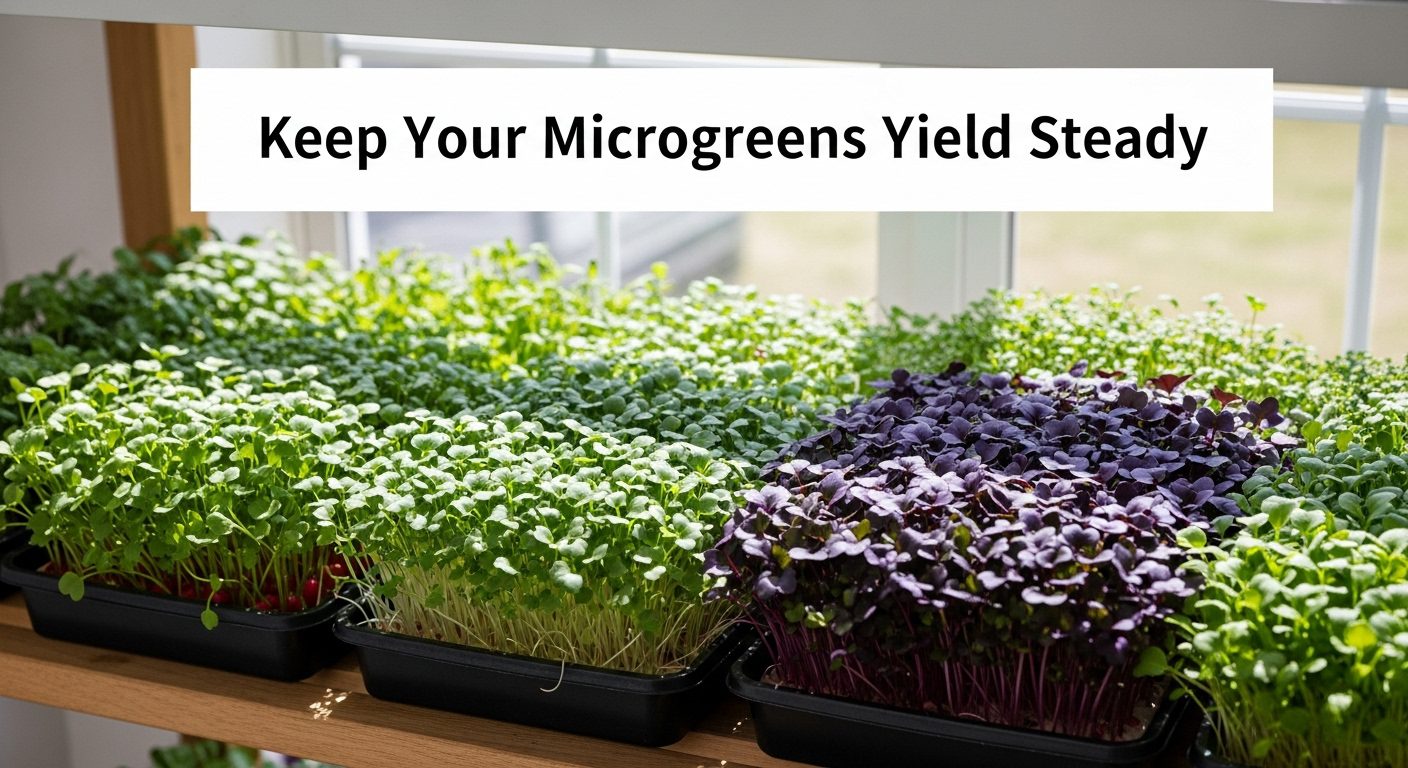
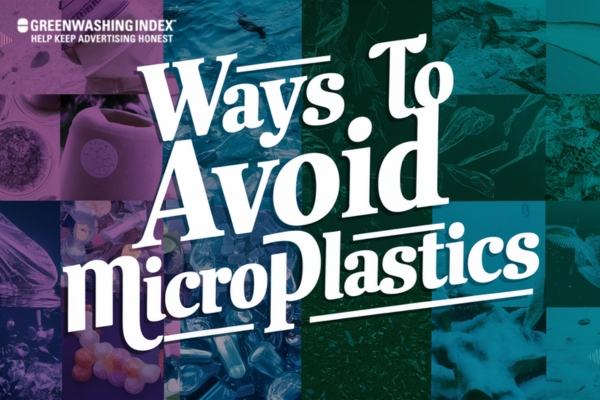
A world where every sip of water or bite of food doesn’t come with an unwanted side of microplastics. It’s a bit unsettling, right? Yet, these tiny particles are sneaking into our lives more than we realize. From the clothes we wear to the products we use daily, microplastics are everywhere.
As someone who’s always eager to learn and share, let me take you on a journey to uncover how we can avoid microplastics in our lives. This isn’t just about today; it’s about paving the way for a cleaner tomorrow.
Microplastics are tiny pieces of plastic, often less than five millimeters in size. They come from a variety of sources, making their way into our environment in different ways. Some microplastics are created intentionally, such as plastic pellets used in manufacturing. Others result from the breakdown of larger plastic items, like bottles and bags.
These tiny particles can also come from synthetic fibers released during the washing of clothes, or from personal care products like toothpaste and exfoliating scrubs. They are small but mighty in their impact, as they can be found in oceans, rivers, and even the air we breathe.
Understanding where microplastics come from is the first step in addressing the challenges they pose to our health and the environment.
Microplastics are tiny plastic particles that pose significant threats to both health and the environment. These particles are often found in oceans, soil, and even the air we breathe. When ingested by marine life, microplastics can enter the food chain, potentially affecting humans who consume seafood.
Additionally, they can release harmful chemicals that may disrupt hormones and lead to various health issues.

Environmentally, microplastics contribute to pollution, affecting marine ecosystems and wildlife. They are difficult to remove once they enter natural habitats, leading to long-term ecological damage. Furthermore, microplastics are not biodegradable, meaning they persist in the environment for hundreds of years.
Reducing microplastic pollution is vital for preserving the planet’s health and ensuring the well-being of future generations. By taking conscious steps to avoid microplastics, we can help protect our ecosystems and promote a healthier world.
Also Read: Can You Compost Biodegradable Plastic Bags?
Exploring simple yet impactful steps to avoid microplastics can make a big difference. These methods are not only easy to follow but also pave the way for a cleaner, healthier lifestyle. Let’s dive into some practical tips that can help you minimize microplastic exposure in everyday life.
Microwaving food in plastic containers can pose significant health risks due to the potential leaching of harmful chemicals into your food. Many plastics contain substances like BPA and phthalates, which can migrate into food when heated.
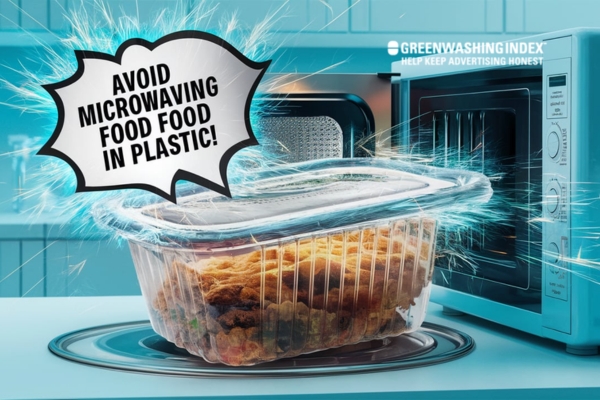
These chemicals are linked to various health issues, including hormonal disruptions and increased risk of chronic diseases. To minimize exposure, it’s advisable to use only containers labeled as “microwave safe” or opt for alternatives like glass or ceramic.
Drinking filtered tap water offers numerous health and environmental benefits. It is not only a cost-effective alternative to bottled water but also enhances the taste and quality of the water you consume. By removing harmful contaminants, filtered water promotes better hydration and overall health. Here are some key benefits of drinking filtered tap water:

Natural fibers are materials derived from plants, animals, or minerals, known for their sustainability and biodegradability. They have been utilized by humans for thousands of years in various applications, including textiles, construction, and packaging. Unlike synthetic fibers, which are petroleum-based and environmentally harmful, natural fibers offer a renewable alternative with numerous advantages, such as comfort, breathability, and lower environmental impact.
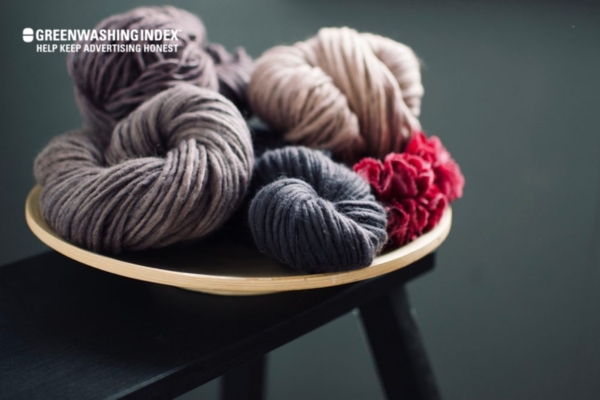
Cooking with fresh ingredients not only enhances the flavor of your dishes but also contributes to better nutrition and overall well-being. Fresh ingredients, such as fruits, vegetables, herbs, and proteins, are packed with essential vitamins, minerals, and antioxidants. They often have a more vibrant taste and texture compared to their processed counterparts. Here are some key benefits of using fresh ingredients in your cooking:
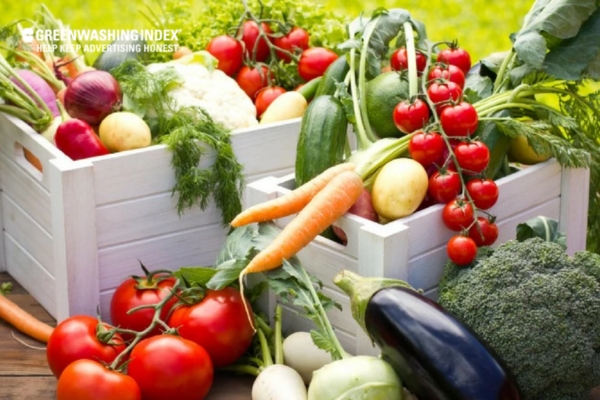
Using plastic-free cosmetics is an essential step towards a more sustainable beauty routine. These products not only reduce environmental waste but also often feature natural ingredients that are kinder to your skin. Many brands are now committed to eliminating microplastics and utilizing eco-friendly packaging. Here are some notable brands that focus on plastic-free cosmetics:
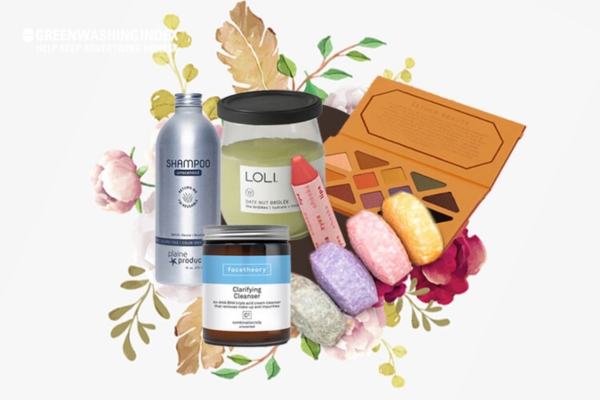
Maintaining a clean and healthy home environment is crucial, particularly in areas with high dust and pollution levels. Regular dusting and vacuuming help eliminate allergens, dirt, and bacteria, contributing to better indoor air quality and overall well-being. These practices not only protect your furniture from wear but also reduce the risk of respiratory issues. Here are some key points to consider:

Avoiding takeaway cups is a crucial step towards reducing environmental waste and promoting sustainability. The convenience of takeaway coffee often leads to increased plastic use, contributing significantly to pollution. By opting for reusable or compostable alternatives, consumers and businesses can minimize their ecological footprint. Here are some effective strategies to avoid takeaway cups:
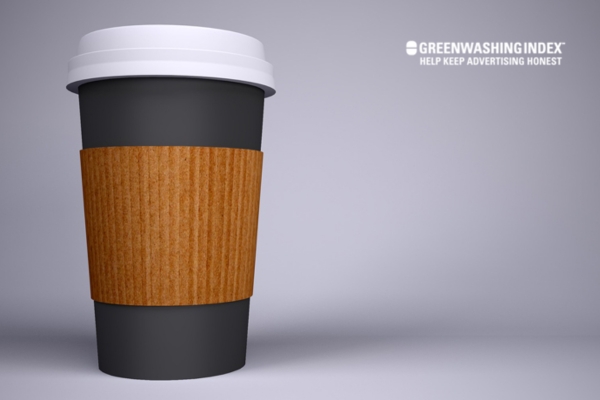
Storing food in glass or metal containers is a practical choice for maintaining freshness and safety. Glass containers are non-porous, ensuring they do not absorb odors or chemicals, making them ideal for food storage. Metal containers, particularly stainless steel, are durable and resistant to rust, providing a robust option for long-term storage. Both materials are eco-friendly and help reduce plastic waste.
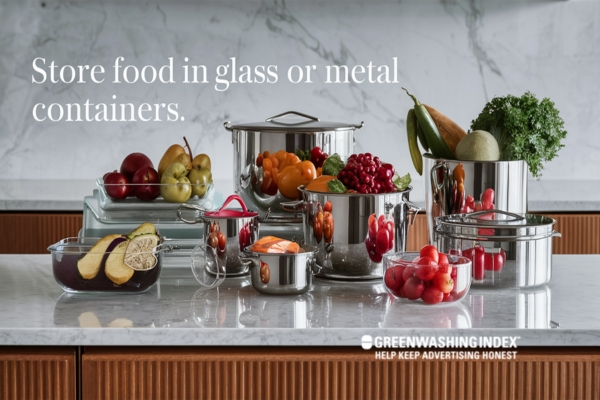
Limiting the purchase of synthetic clothing is essential for both personal health and environmental sustainability. Synthetic fabrics, such as polyester, nylon, and spandex, are prevalent in modern apparel but come with significant drawbacks. These materials can release harmful microplastics into the environment and contain toxic chemicals that may affect human health. Here are key reasons to consider reducing synthetic clothing purchases:
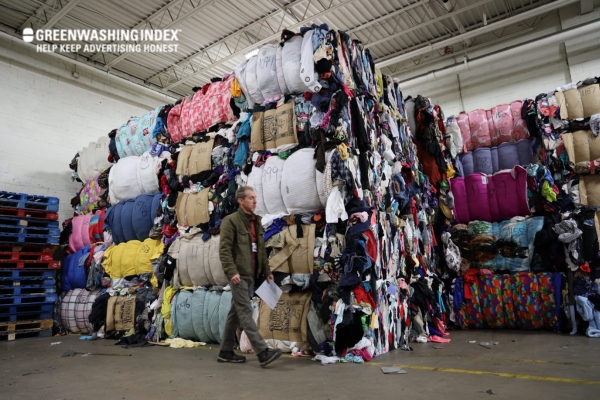
Choosing loose-leaf tea over bagged tea can significantly enhance your tea-drinking experience and health benefits. Loose-leaf tea typically contains whole leaves, which preserve more nutrients and flavors compared to the smaller dust and fannings found in many tea bags. This choice not only offers a richer taste but also maximizes the antioxidants and other health-promoting compounds present in the tea.
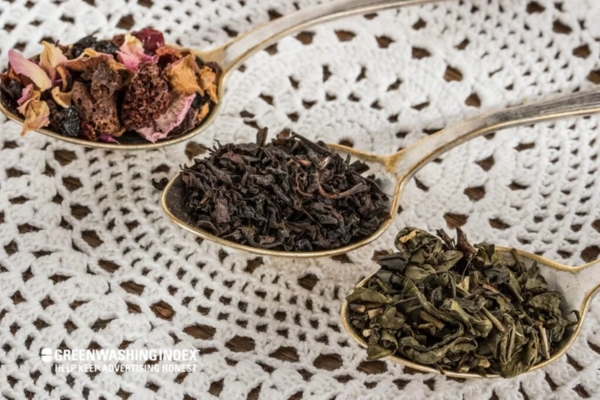
Also Read: Top 10 Plastic-Free Toilet Paper – Eco-Friendly Options
Spreading knowledge about microplastic pollution is essential to combat its harmful effects on health and the environment. One effective way is through educational workshops at schools and community centers, where people can learn about the origins and impacts of microplastics. S
Social media platforms also offer a powerful tool for raising awareness by sharing informative posts, infographics, and videos that explain the issues and solutions in a relatable way.
Additionally, you can engage in community clean-up events that not only reduce pollution but also serve as a teaching moment for participants. Encouraging conversations with friends and family helps spread awareness on a more personal level. Lastly, supporting legislation that aims to reduce plastic use can lead to larger systemic changes. By utilizing these methods, we can collectively make a difference in reducing microplastic pollution.
Understanding and taking steps to avoid microplastics is vital for protecting both our health and the environment. By implementing the strategies discussed, such as using glass containers and choosing natural fibers, we can significantly reduce our exposure to these tiny pollutants.
It’s crucial to note that small changes in our daily habits can lead to a healthier planet. As we strive to make informed choices, we contribute to a cleaner and safer world for future generations.
If you found this information helpful, dive into more insightful articles on our site to continue your journey towards a sustainable lifestyle.
